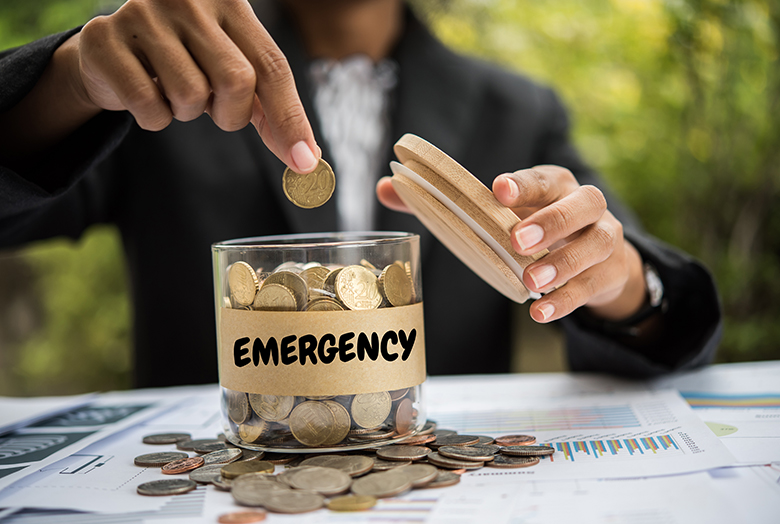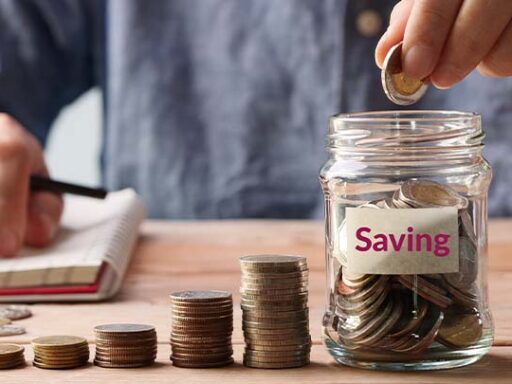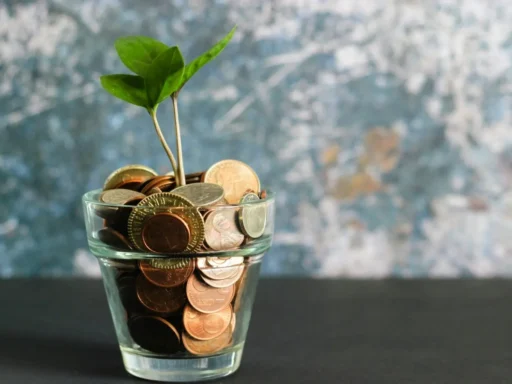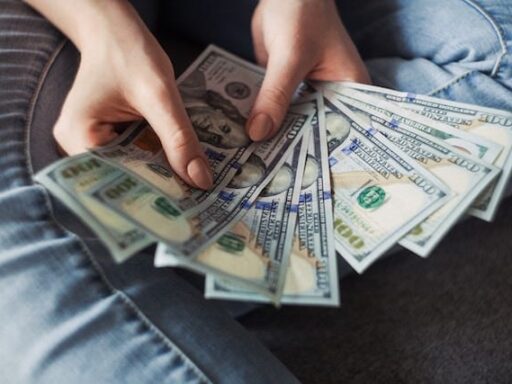
Life is unpredictable. One moment you’re sailing smoothly through your daily routine, and the next, an unexpected car repair, a sudden job loss, or a medical emergency can throw everything off balance. If there’s one thing financial experts agree on, it’s this: everyone needs an emergency fund.
But building one from scratch? That’s often the tricky part. You’re not alone if you’ve felt stuck trying to figure out how to save when your expenses already feel tight. In this comprehensive guide, we’ll walk you through realistic, practical, and expert-backed tips to build an emergency savings fund—even if you’re starting with nothing.
Let’s dive into the how, why, and what of emergency savings so you can protect yourself from financial stress and sleep better at night.
🌪️ Why You Absolutely Need an Emergency Fund
Let’s start with the big “why.” Picture this: Jasmine, a single mom with two kids, had been working full-time and just making ends meet. When her youngest fell sick and needed surgery, she had no savings to fall back on. The result? Mounting credit card debt, sleepless nights, and financial chaos.
Now imagine Jasmine had a small emergency fund—say, $2,000. That amount wouldn’t cover everything, but it would’ve kept her afloat while she figured out the next steps.
An emergency fund is your financial safety net, designed to cover unexpected expenses like:
- Medical emergencies
- Major car or home repairs
- Sudden job loss
- Family emergencies
- Unplanned travel
According to the Federal Reserve, 37% of Americans wouldn’t be able to cover a $400 emergency with cash. That statistic alone is reason enough to start saving today.
📌 Set a Realistic Savings Goal
Start small, aim big. The idea of saving $10,000 may feel overwhelming. Instead, break your goal down into manageable milestones.
Here’s a basic guideline recommended by experts at Consumer Financial Protection Bureau:
- Initial goal: $500–$1,000
- Medium-term goal: 3 months of living expenses
- Long-term goal: 6–12 months of living expenses
Estimate your monthly expenses by adding up essentials like rent, groceries, transportation, and insurance. Multiply that by 3–6 to get your ideal emergency fund size.
🧠 Open a Dedicated High-Yield Savings Account
Keeping your emergency fund in your checking account is a recipe for temptation. Instead, open a separate high-yield savings account with no withdrawal penalties.
Look for features like:
- High interest rate (e.g., 4.0% APY or higher)
- No monthly fees
- Easy access, but not too easy
Top banks and financial platforms like Ally Bank, Marcus by Goldman Sachs, and Synchrony offer competitive rates and reliable services.
Keeping this fund separate reduces the risk of “accidental” spending and allows your money to grow steadily with interest.
💡 Smart Strategies to Build Your Emergency Fund Fast
1. Automate Your Savings
Set up automatic transfers from your checking to your savings account. Treat it like a recurring bill. Even $10/week adds up to $520/year.
💬 “Out of sight, out of mind” works wonders for saving money.
As NerdWallet suggests, automation builds discipline without requiring daily effort.
2. Cut Unnecessary Subscriptions
Review your monthly subscriptions—streaming, magazines, gym memberships. Cancel what you don’t need and redirect those funds to your emergency stash.
A PEW Research study found that many Americans forget about at least one recurring charge. Reclaiming that money is like finding free cash.
3. Use Windfalls Wisely
Tax refund? Birthday money? Rebate? Don’t splurge. Deposit a portion (or all) into your emergency fund. This one-time injection can give your savings a big head start.
4. Save Spare Change
Use apps like Acorns or Qapital that round up your purchases and invest the spare change. Over time, those nickels and dimes turn into hundreds.
📊 Comparison Table: Emergency Fund Strategies at a Glance
🔍Top Strategies to Grow Your Emergency Fund
| Strategy | Difficulty Level | Time Commitment | Potential Impact | Best For |
|---|---|---|---|---|
| Automating Savings | Easy | Low | High | Everyone |
| Cutting Subscriptions | Moderate | Medium | Medium | Households with many extras |
| Using Windfalls | Easy | None | High | Taxpayers, Gift Receivers |
| Rounding Up Purchases | Easy | Low | Medium | Digital Natives |
| Side Hustles | Moderate | High | High | Freelancers, Gig Workers |
Each of these methods can be customized to suit your lifestyle. Mix and match to reach your savings goal faster.
💼 Tap into Side Income Opportunities
If you’ve trimmed your budget to the bone and still can’t find wiggle room, consider boosting your income.
Explore side gigs like:
- Freelancing on Fiverr or Upwork
- Selling unused items on Facebook Marketplace
- Driving for Uber or delivering food via DoorDash
- Teaching skills on Teachable or Skillshare
Earning even an extra $100/month could help you build a $1,200 emergency fund in a year.
🚫 Avoid These Common Mistakes
- Using your emergency fund for non-emergencies
A new phone isn’t an emergency. A flat tire? Definitely. Define what counts—and stick to it. - Keeping it in cash at home
Not only is it unsafe, but inflation erodes its value. Stick to insured savings accounts like those covered by FDIC. - Neglecting to replenish it
Used your emergency fund? Don’t forget to rebuild it. Make saving again a top priority.
💬 Real-Life Inspiration: How One Couple Saved $10K in a Year
Meet Sarah and Daniel, a couple from Austin, Texas. After Daniel lost his job during the pandemic, they faced months of uncertainty. They started with just $50/month in savings.
Through cutting their grocery bill, selling items online, and taking up weekend gigs, they built a $10,000 emergency fund in just 12 months.
“We treated it like a game,” said Sarah. “Each month, we challenged ourselves to save more than the last.”
Their story shows that consistent effort beats perfect circumstances.
🧠 Frequently Asked Questions (FAQ)
❓How much should I save in an emergency fund?
Experts at Bankrate recommend 3–6 months of essential living expenses. If you’re self-employed or have irregular income, aim for 9–12 months.
❓Where should I keep my emergency fund?
Use a high-yield savings account or money market account. Avoid investing your emergency fund in stocks—it needs to be safe and liquid.
❓Can I build an emergency fund if I have debt?
Yes. Start by saving at least $500–$1,000 as a buffer. Then prioritize paying off high-interest debt while continuing small contributions to your emergency fund.
❓How can I stay motivated to save?
Celebrate small wins, track your progress, and set visual goals. Try apps like YNAB or Mint to stay on track.
❓What qualifies as an emergency?
Unexpected medical bills, urgent repairs, job loss, or family emergencies. Not vacations, upgrades, or planned expenses.
🔚 Conclusion: Start Small, Stay Consistent, and Secure Your Future
Building an emergency fund isn’t just about money—it’s about peace of mind. It’s knowing you have a cushion when life throws you a curveball. Whether you’re saving $5 or $500 a month, what matters most is consistency.
Start today. Open that savings account. Set up that auto-transfer. Say no to one unnecessary purchase a week. Over time, those small steps will build a fortress of financial security.
And remember—an emergency fund is not a luxury. It’s a necessity. Your future self will thank you.


